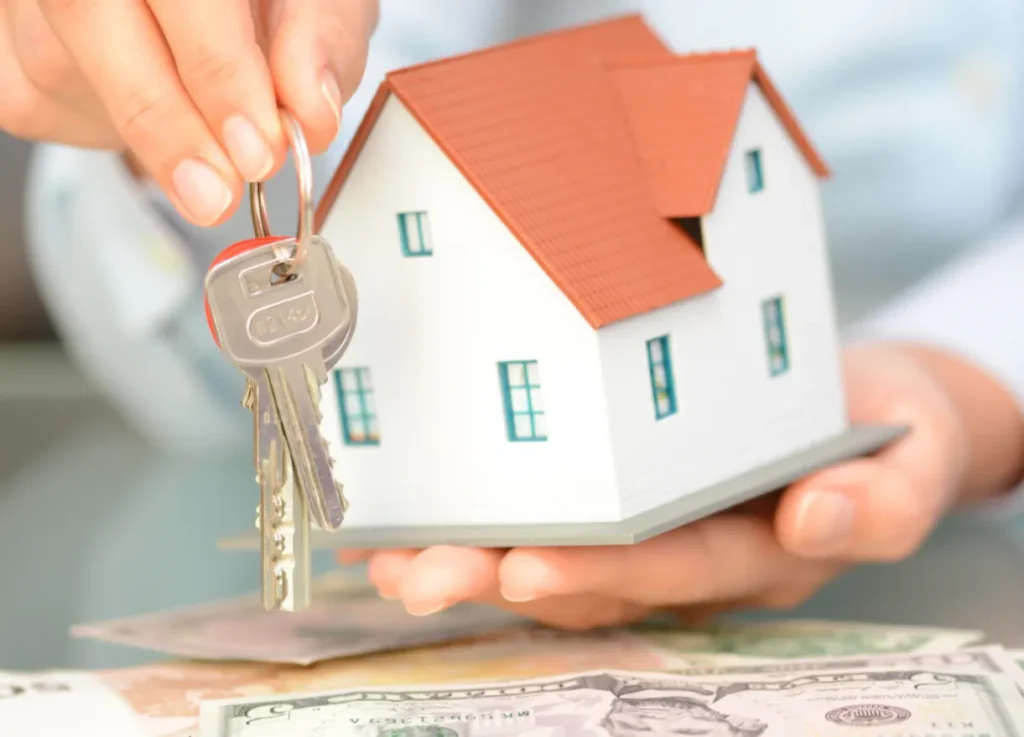When it’s time to sell your home, the preparation you undertake beforehand can significantly impact how quickly you secure a buyer and the price you achieve. From home staging to curb appeal, each step in this preparation process serves to present your home in the best light possible. By following these strategic steps, you can create an environment that resonates with potential buyers and makes your home stand out in a competitive market. Below, we delve into a comprehensive step-by-step guide to readying your home for sale and making the best impression on your future buyers.
Contents
Essential Home Staging Strategies to Attract Potential Buyers
Staging your home is about creating a welcoming atmosphere that allows buyers to envision themselves living there. By neutralizing personal decor, enhancing room flow, and ensuring spaces are well-lit, you can highlight your home’s best features. Decluttering is essential, as it makes rooms feel larger and more inviting. Consider renting a storage unit for personal items and excess furniture to help potential buyers imagine their own lives in the space.
Incorporating minor upgrades can also make a significant impact, especially in key areas like the kitchen. Simple updates, such as new hardware or a stylish backsplash, add modern appeal. Using an artificial plant can bring warmth and a touch of greenery without the maintenance of real ones, brightening dark corners and creating focal points. Strategic staging encourages buyers to see themselves enjoying daily life in your home, increasing the chances of a sale.
Necessary Repairs and Improvements Before Listing Your Home
When preparing your home for the market, it’s crucial to pay attention to repairs and improvements. A thorough inspection can reveal potential issues that could derail a sale, such as leaky faucets or electrical issues. Ensure all cosmetics are in working order, freshen up interior paint, and have all hardware and fixtures in working order.
Upgrading appliances or installing energy-efficient windows can also be a selling point, as they increase energy efficiency. Adhering to local codes and regulations, such as installing smoke and carbon monoxide detectors, is also essential. By addressing these issues beforehand, you can create a smooth path to closing, benefiting both you and the buyer. Consult experts like www.bigchiefsac.com/ for advice on home repairs and improvements.
The Importance of Curb Appeal in Home Selling
The exterior of your home sets the tone for a showing, and enhancing curb appeal can be as simple as mowing lawns, trimming shrubs, and freeing flowerbeds. A welcoming entryway can also be important, with repainting the front door, adding new hardware, and updating outdoor lighting fixtures.
The facade and maintenance of the property are also crucial, with touch-ups, power washing, and good condition of gutters and roofs. Outdoor living spaces can be major selling points, and staging them with comfortable furniture and accent pieces can enhance the livability of the home. Remember, buyers often make assumptions about the upkeep of the rest of the property based on the exterior condition.
Decluttering and Organizing Your Space for Home Showings
The saying “less is more” is crucial when preparing your home for showings. Decluttering can make your home appear larger and more appealing, while organizing can make it appear more spacious. Properly aligning shelves, tidying closets, and organizing drawers can help buyers gauge storage space and show the current owners’ care.
Ensure a clear path through each room and use elements like mirrors to enhance the sense of spaciousness. Depersonalization can also be effective, creating a neutral backdrop that appeals to a wide range of buyers. By removing overly personal items, you can protect your privacy and allow potential buyers to envision the home as their own.
Professional Photography and Virtual Tours for Online Listings
In today’s digital age, homebuyers often start their search online, making professional photography and virtual tours crucial for making a good first impression. Proper lighting and angles are essential for capturing the beauty of your home, while virtual tours offer an immersive experience for buyers.
To prepare your home for photography and virtual tours, consider staging for the camera’s lens, adjusting furniture placement, and ensuring clean counters. Accommodating your photographer’s advice is essential, as they have the experience to showcase your home at its best. The goal is to entice buyers to schedule in-person showings, so highlight unique features like views or built-ins.
Altogether, selling your home requires careful planning and execution of various strategies to elevate its appeal and capture the interest of potential buyers. By following these guidelines for staging, curb appeal, decluttering, necessary improvements, and professional online presentation, you can significantly improve the chances of a swift and successful sale at a price that reflects the true value of your property.
